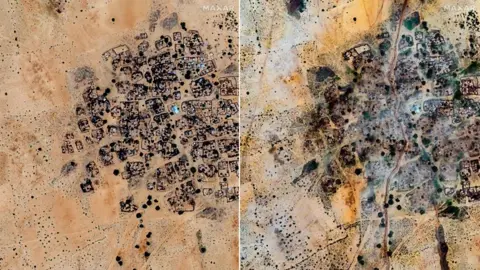The rules, which previously prohibited all sexually active gay and bisexual men from donating blood and plasma, were established to mitigate the risk of HIV exposure from certain demographics. However, with the recent approval from the country's health products regulator, the new measures reflect a progressive move toward inclusivity and expanded donor eligibility. Lifeblood, Australia’s national blood donation service, announced that the changes will make Australia the first country in the world to eliminate sexual activity-based restrictions for plasma donations.
Rodney Croome, from the Let Us Give campaign advocating for this shift, emphasized the positive impact, stating that this overdue decision would save lives. He welcomed the change, recognizing the considerable burden these restrictions placed on many in the LGBTQIA+ community and how they contributed to ongoing stigma.
The previous policy barred any men or transgender women who had sex with men within the last three months from donating blood or plasma, including sex workers and women with bisexual partners. The revised eligibility criteria will allow most individuals in a stable, monogamous six-month relationship to donate blood, irrespective of their gender or sexual orientation.
Under the new system, Lifeblood will no longer inquire if male donors have had sex with men recently but will instead ask about any anal sex with new or multiple partners. If the answer is affirmative, individuals will wait three months to donate blood but can still donate plasma. Additionally, those on Pre-Exposure Prophylaxis (PrEP) for HIV prevention will also qualify to donate plasma, while persons living with HIV or in a partnership with someone who has HIV will remain ineligible.
Slated to commence on 14 July, the revised plasma donation rules represent a crucial milestone in fostering inclusivity within blood donation practices. However, the implementation of new blood donation rules is expected to roll out in 2026. Lifeblood, in conjunction with the University of New South Wales’ Kirby Institute, has conducted research indicating these rule changes pose no risk to blood and plasma supply safety. The demand for plasma is escalating globally, and Australia aims to bolster its supply through these policy alterations.
Despite advancements, researcher Sharon Dane from Let Us Give noted that while the changes are commendable, they may not align with global best practices and could lead to confusion. She pointed out discrepancies with regulations in other nations, such as the UK, Canada, and the US, which allow for a blood donation timeframe based on a three-month monogamous relationship for those engaging in anal sex, as opposed to the six-month standard proposed by Lifeblood.
This transformative development in Australia's blood donation policy symbolizes a triumph for LGBTQIA+ rights and represents a necessary evolution in public health practices.
Rodney Croome, from the Let Us Give campaign advocating for this shift, emphasized the positive impact, stating that this overdue decision would save lives. He welcomed the change, recognizing the considerable burden these restrictions placed on many in the LGBTQIA+ community and how they contributed to ongoing stigma.
The previous policy barred any men or transgender women who had sex with men within the last three months from donating blood or plasma, including sex workers and women with bisexual partners. The revised eligibility criteria will allow most individuals in a stable, monogamous six-month relationship to donate blood, irrespective of their gender or sexual orientation.
Under the new system, Lifeblood will no longer inquire if male donors have had sex with men recently but will instead ask about any anal sex with new or multiple partners. If the answer is affirmative, individuals will wait three months to donate blood but can still donate plasma. Additionally, those on Pre-Exposure Prophylaxis (PrEP) for HIV prevention will also qualify to donate plasma, while persons living with HIV or in a partnership with someone who has HIV will remain ineligible.
Slated to commence on 14 July, the revised plasma donation rules represent a crucial milestone in fostering inclusivity within blood donation practices. However, the implementation of new blood donation rules is expected to roll out in 2026. Lifeblood, in conjunction with the University of New South Wales’ Kirby Institute, has conducted research indicating these rule changes pose no risk to blood and plasma supply safety. The demand for plasma is escalating globally, and Australia aims to bolster its supply through these policy alterations.
Despite advancements, researcher Sharon Dane from Let Us Give noted that while the changes are commendable, they may not align with global best practices and could lead to confusion. She pointed out discrepancies with regulations in other nations, such as the UK, Canada, and the US, which allow for a blood donation timeframe based on a three-month monogamous relationship for those engaging in anal sex, as opposed to the six-month standard proposed by Lifeblood.
This transformative development in Australia's blood donation policy symbolizes a triumph for LGBTQIA+ rights and represents a necessary evolution in public health practices.

















